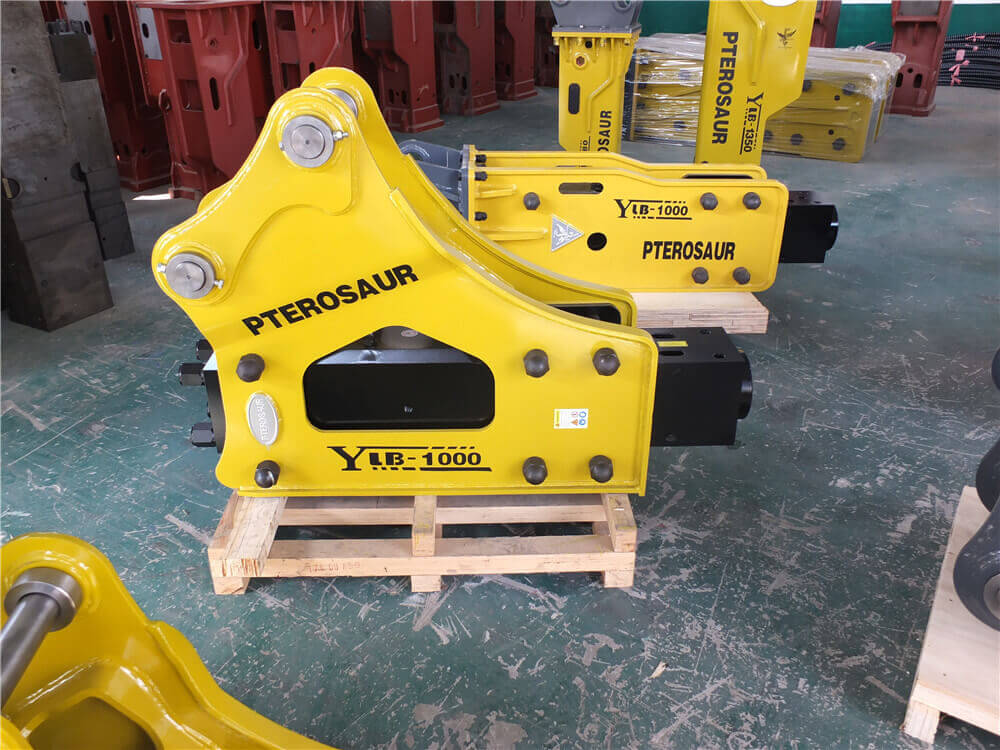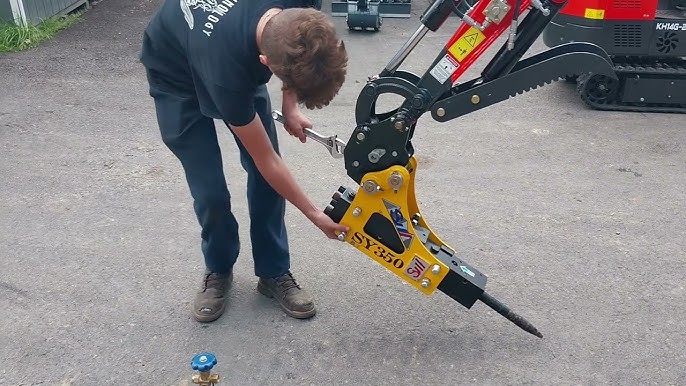A Comprehensive Guide to Excavator Quick Coupler Types
Excavator quick couplers are indispensable tools in the construction and excavation industries. They enhance the versatility and efficiency of excavators by enabling operators to swiftly and safely change attachments. With various types available, understanding the differences between them can assist in selecting the right coupler for your specific needs.
What are Excavator Quick Couplers?
Excavator quick couplers, sometimes referred to as quick hitches, allow operators to change attachments without the need for manual intervention on the ground. This capability significantly boosts productivity and safety, as operators can switch between tools from the comfort of their cab.
Types of Excavator Quick Couplers
1. Manual Quick Couplers
Manual quick couplers are the most basic and budget-friendly option. They require the operator to manually release a locking mechanism to switch attachments. These couplers are commonly used with mini or small excavators, where the operator can easily manage the tool change with human power. While they may lack the speed of hydraulic options, they are a reliable choice for those on a budget.
2. Hydraulic Quick Couplers
Hydraulic quick couplers offer a more advanced solution. They are operated using the excavator’s hydraulic system, allowing for quicker changes between attachments without leaving the cab. This type is ideal for larger excavators and projects that require frequent tool changes. Hydraulic couplers can accommodate a variety of attachments, from buckets to specialized tools.
3. Pin Grabber Couplers
Pin grabber couplers provide a secure attachment mechanism that grabs the pins of the attachment. This design allows for a wide range of attachments to be used without needing specific coupler models for each tool. Pin grabbers are particularly useful in applications requiring frequent changes, as the operator can quickly switch tools while minimizing downtime.
4. S Type Couplers
S type couplers are a blend of manual and hydraulic functionality, designed for easy attachment and detachment of tools. They feature a safety locking mechanism that ensures attachments remain secure during operation. This type is favored for its reliability and ease of use, making it a popular choice among contractors.
5. Fully Automatic Couplers
Fully automatic couplers are at the cutting edge of quick coupler technology. They allow operators to change attachments with the push of a button, using advanced hydraulic systems. This feature is particularly beneficial on larger jobsites where efficiency is critical. However, they typically come at a higher price point.
Key Considerations When Choosing a Quick Coupler
-
Project Requirements: The type of work you are performing will largely dictate the type of coupler you need. For example, if your projects require frequent tool changes, a hydraulic or fully automatic coupler may be the best choice.
-
Attachment Types: Consider the variety of attachments you will be using. Some couplers are designed to work specifically with certain types of tools, while others offer more versatility.
-
Budget: Manual couplers are generally more affordable, while hydraulic and automatic couplers can represent a significant investment. Balance your budget with the operational efficiency that each type of coupler can provide.
Conclusion
Excavator quick couplers are essential for improving productivity and safety in excavation tasks. By understanding the different types available—manual, hydraulic, pin grabber, S type, and fully automatic—you can make an informed decision that enhances the versatility of your excavator. Consider your project needs, the types of attachments you will use, and your budget to choose the right quick coupler for your operation. With the right equipment, you can ensure that your excavation projects run smoothly and efficiently.




































